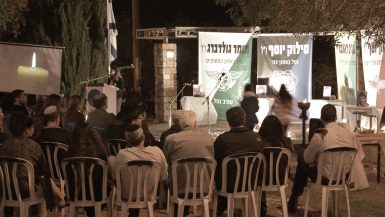Budapest, the capital of Hungary, known as the “Paris of the East”, with the romantic Danube River, the parliament building similar to the one in London, the thermal baths, the Fisherman’s Bastion, and the century-old New York cafés with palace decor and orchestra…. the whole country is full of literary spirit. Once the pandemic is over, we all must visit Budapest!
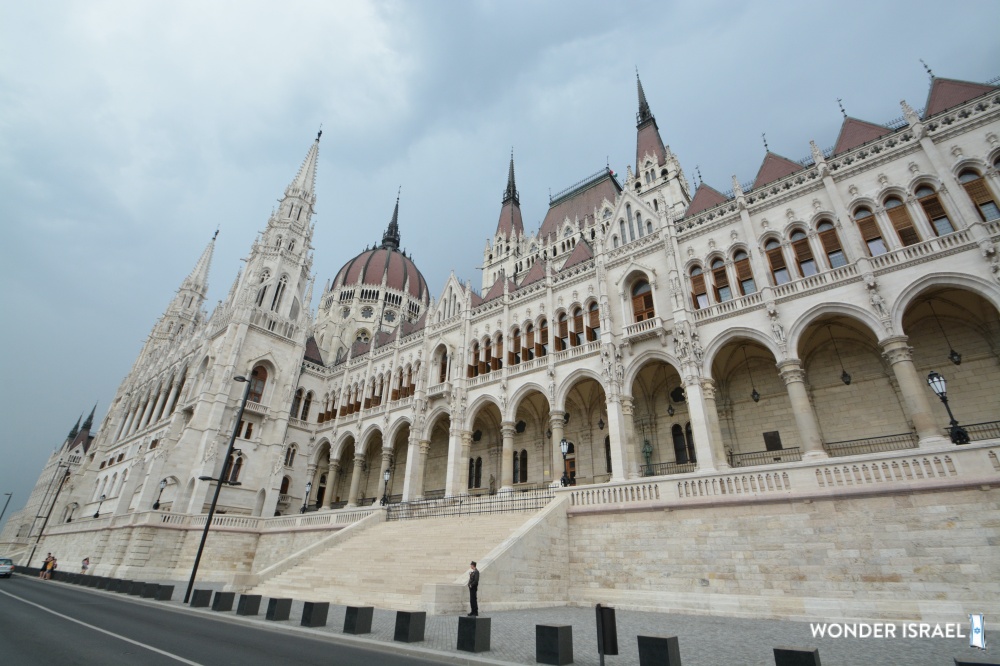
Jewish History of Budapest
Few people know that Budapest was a twin-city with “Pest” on the west bank of the Danube and “Buda” on the east bank. The cities could only be reached by boats, and it was not until 1849 that Chain Bridge was built to connect the two towns. And it was until 1876 that the two cities were merged to form Budapest, as we know it today.
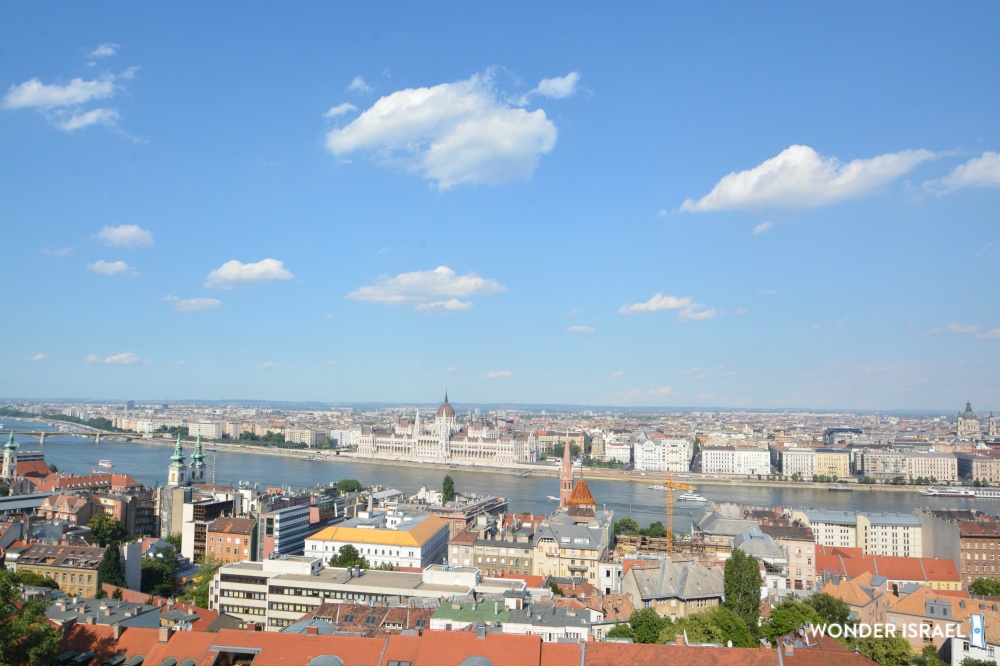
The Jews lived in this area as early as the 3rd century AD. From the Hebrew tombstones left behind, it can be found that they came to present-day Hungary earlier than the Hungarians who came in 896. But because of religion, Jews were forbidden to live in cities, own real estate, or to join trade unions. They could only live on the outskirts of “Buda” and had to pay double taxes. It was not until 1895 that Hungarian Jews received legal equality.
The Jewish population was as high as a quarter of the total population of Budapest, which gave it the nickname “Judapest”. The largest Dohany Street Synagogue in the world was built in 1859, which can seat 3,000 people.
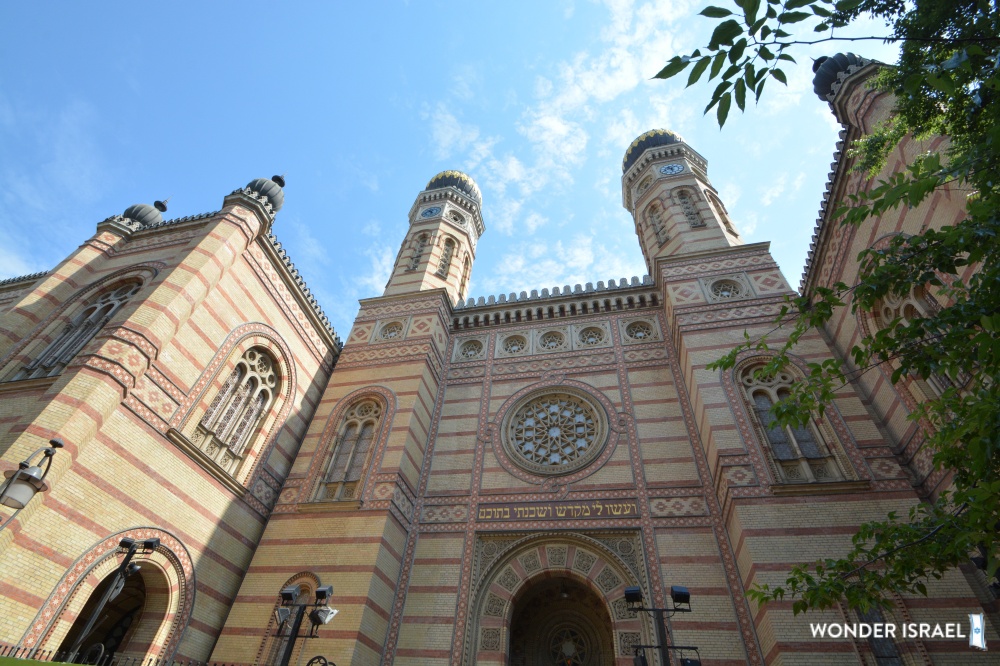
Dohany Street Synagogue-the Largest Synagogue in Europe
The splendid synagogue actually incorporates elements of Christianity and Islam, because Jews were restricted to be architects. Frigyes Feszl, a German architect, who was also a Christian believed that both Islam and Judaism originated from the Middle East, therefore he chose Moorish style for the Jewish temple! The synagogue has a minaret and octagon elements that are normally found in mosques. One would think such a “creative idea” would definitely be opposed by the Jews, but the Hungarian Jews are quite special. Many Hungarian Jews, are “Neologists” (literal meaning is “new speech”), a modern orthodox Jewish sect. Even on the Sabbath service, organs can be played and microphones can be used.
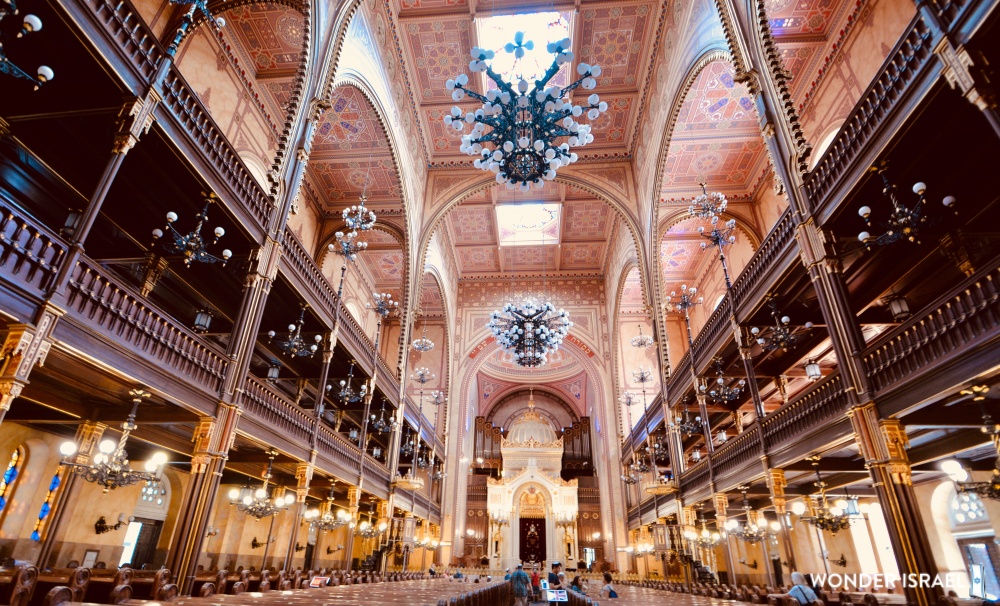
On the one hand, Budapest Jews want to integrate into Hungarian society and hope that the synagogue will be like a church. However, they do not want to lose their Jewish identity.
“Although they don’t want to be regarded as outsiders, they are somewhat proud of being regarded as outsiders.”
The young Jewish guide at the Dohany Street Synagogue commented. A native Hungarian Jew he was, just like Theodor Herzl who was born here in 1860.
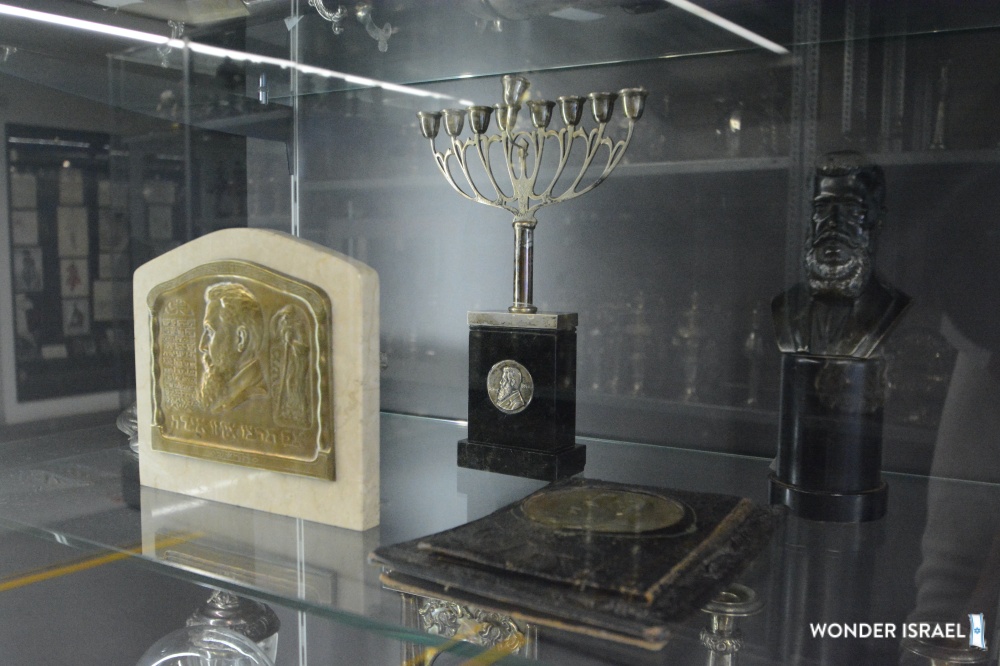
Herzl, the Father of Zionism from Budapest
Before Herzl became the father of Zionism and ignited the dream of returning to the land, he advocated in 1893 that the Jewish families should accept infant baptism because he found that there is no other way to allow the Jews to really integrate into society unless they accept Christian “culture”.
In 1896, his opinion changed after an incident. Herzl saw the French crowd shouting to Dreyfus, a French officer who happened to be Jewish: “Death to the Jews!” Only then did he understand the fate of the Jews. Accepting Christian culture would not change anything. Therefore, he proposed the idea of a Jewish homeland in his book “Der Judenstaat” (Jewish State), and in 1902 the wealthy Jewish people from all over the world gathered in Switzerland to raise funds to buy land.
“I have established the Jewish State in Basel… Maybe 5 years, but in 50 years, everyone will see it.”
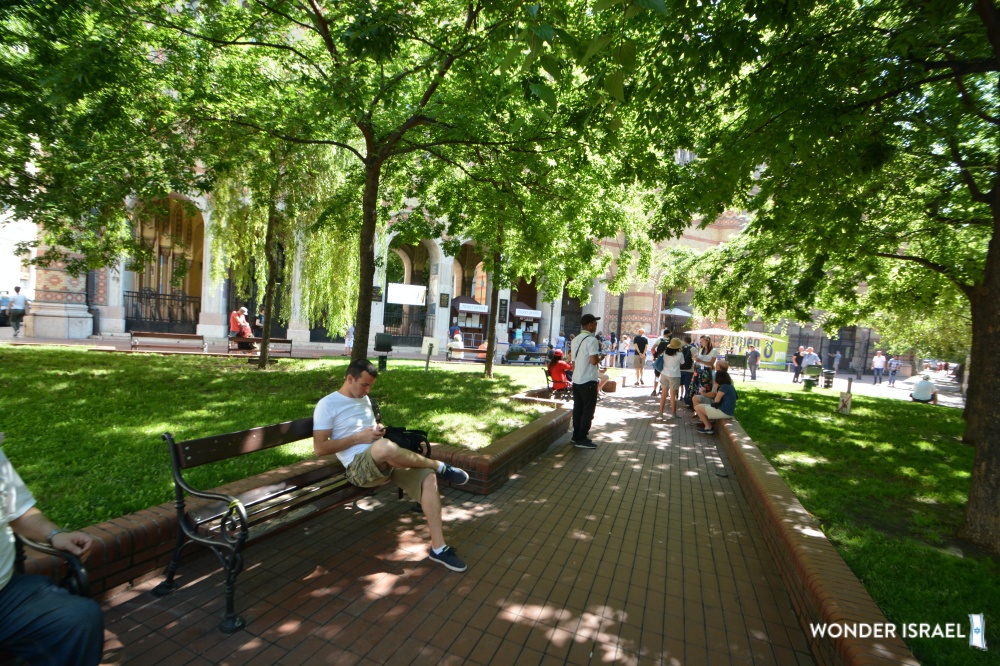
Israel was really restored within 50 years. The mountain where the head of state was buried is named “Mt.Herzl” in Jerusalem. There is also a Herzl square outside the Dohany Street Synagogue. Looking back, I always find it incredible that the dream of Zion all began from Judapest.



